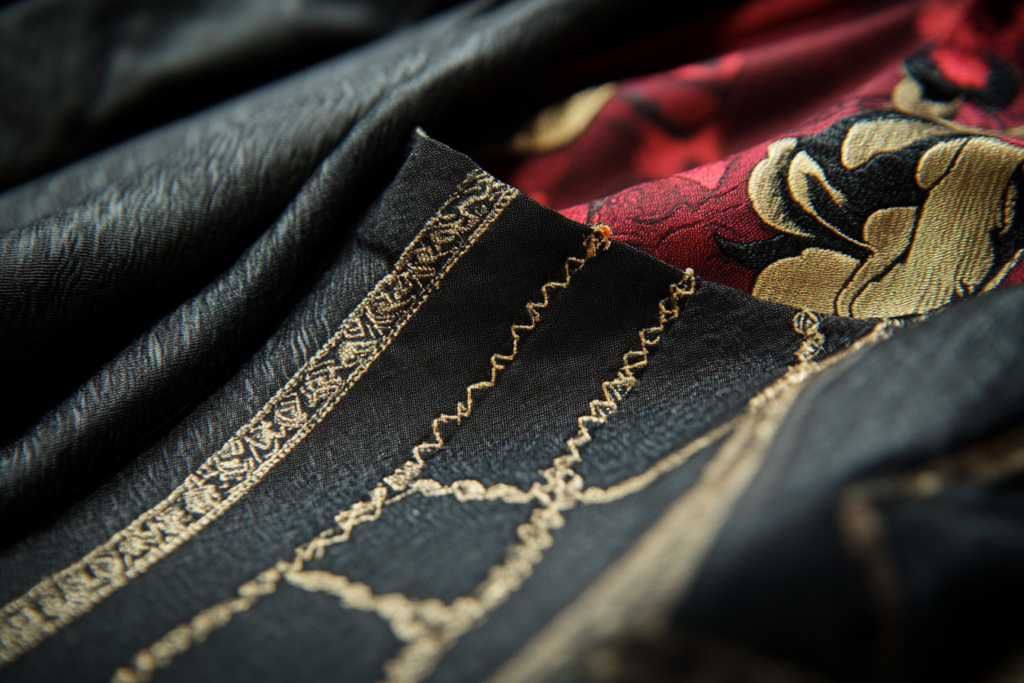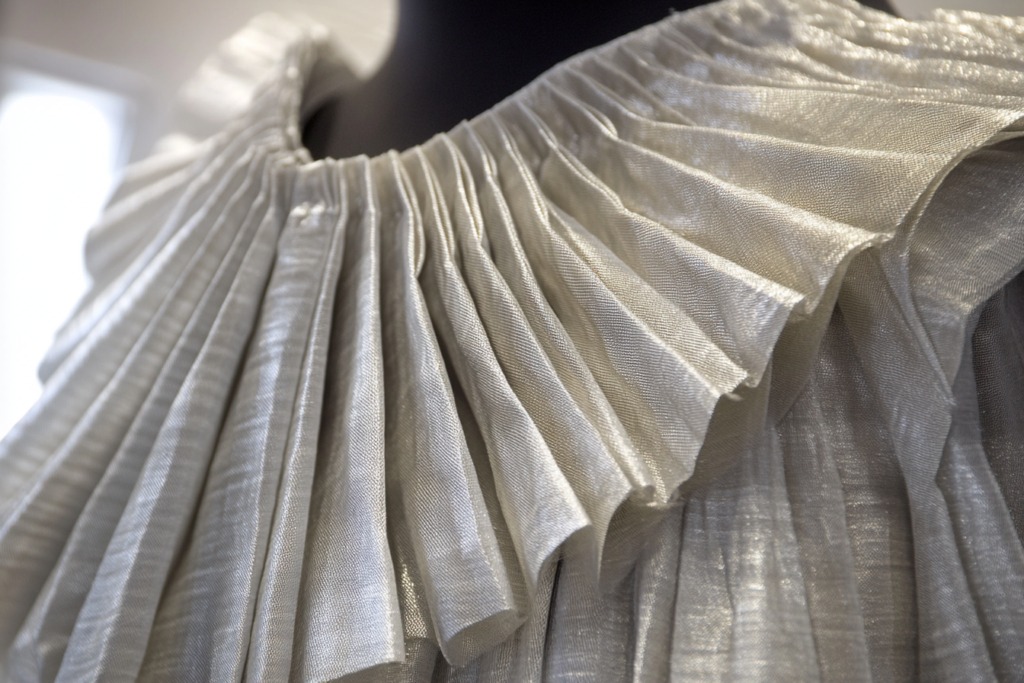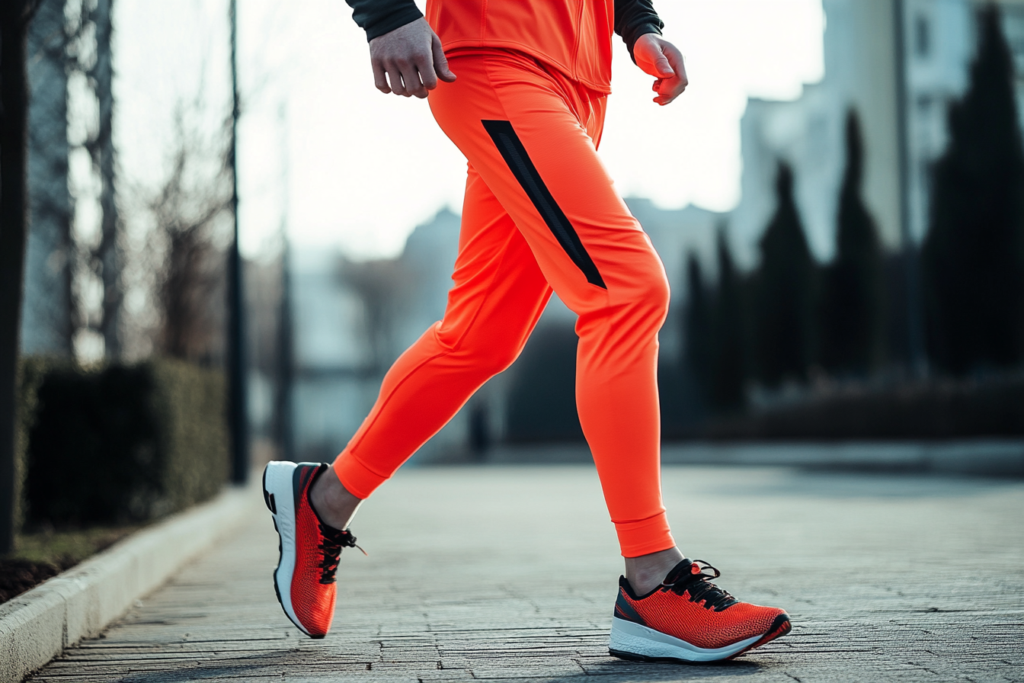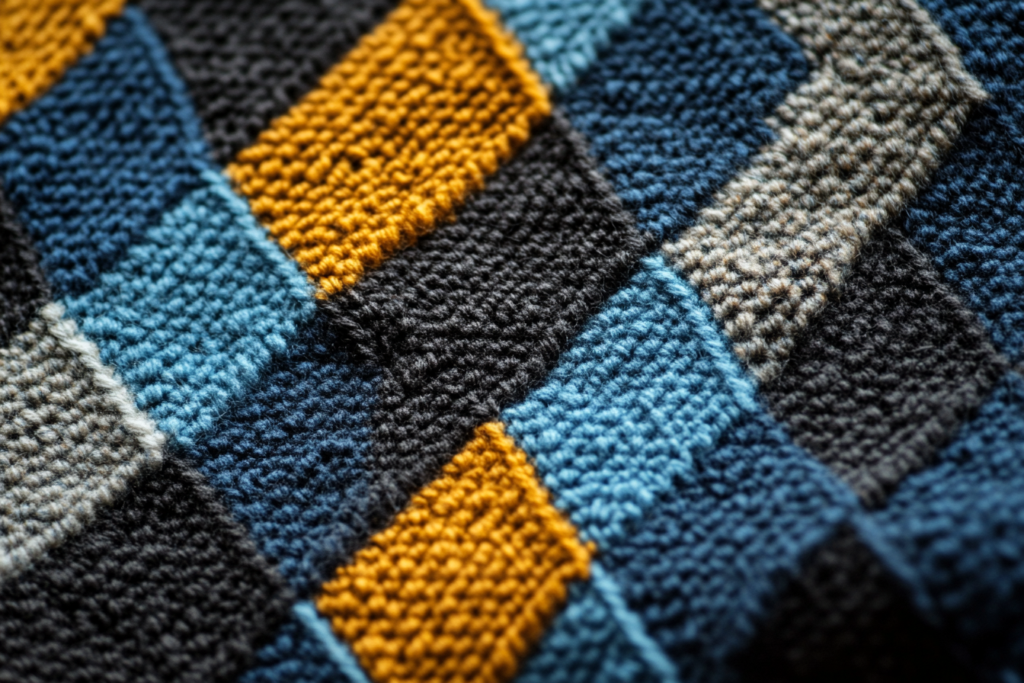Underlining: Enhancing Garment Structure and Concealing Details
Meta Description: Underlining adds stiffness to garments and conceals sewing details by placing an additional fabric layer beneath the garment. Learn how underlining improves structure and appearance.
What is Underlining?
Underlining is a sewing technique where a layer of fabric is placed underneath the main fabric of a garment. This layer is usually cut from the same pattern pieces as the garment and is then basted or stitched to the main fabric. The purpose of underlining is to add structure, stiffen the fabric, and conceal sewing details, ensuring that the finished garment looks crisp and professional.


📌 Purpose of Underlining
- Strengthening: Underlining adds extra strength to delicate or lightweight fabrics that may otherwise lack structure.
- Smoothness: It helps to smooth out imperfections in the main fabric and creates a cleaner finish.
- Hiding Seams: Underlining can conceal inner construction details, such as seams and stitches, providing a neat, finished appearance on the inside of the garment.
Why Use Underlining?
📌 Improving Fabric Structure
- Underlining is commonly used with lightweight or delicate fabrics like silk, chiffon, or linen that need extra structure. By adding a second layer of fabric, underlining provides the garment with more body and helps it hold its shape.
📌 Concealing Internal Details
- Underlining helps conceal internal construction details, such as seams, raw edges, and basting stitches, making the inside of the garment as neat and clean as the outside.
📌 Preventing Stretching and Distortion
- Some fabrics, especially knits or stretchy fabrics, can become distorted during sewing. Underlining provides stability and helps maintain the shape of the garment.
How to Underline a Garment
📌 Step-by-Step Process
- Cut the Underlining Fabric:
- Cut out the same pattern pieces as the main fabric. You can use the same fabric or choose a complementary fabric with a similar weight or texture.
- Baste the Underlining to the Main Fabric:
- Pin or baste the underlining fabric to the main fabric, ensuring that both fabrics are aligned properly. This prevents shifting during the sewing process.
- Sew the Garment:
- Sew the underlined fabric as you would normally. The underlining will add structure and help the fabric hold its shape as you sew.
- Press the Seams:
- After sewing, press the seams and underlining carefully to ensure that the garment looks polished from both the inside and the outside.
Types of Underlining Fabrics
| Fabric Type | Description | Ideal Use |
|---|---|---|
| Muslin | A plain weave cotton fabric, often used for temporary underlining. | Light to medium-weight fabrics, mockups. |
| Silk Organza | A lightweight, sheer fabric that adds structure without bulk. | Delicate fabrics, evening wear, dresses. |
| Cotton | Soft and breathable, cotton can be used for underlining heavier fabrics. | Everyday garments, blouses, skirts. |
| Taffeta | A crisp fabric that gives garments an elegant, structured finish. | Formalwear, dresses, and evening gowns. |
Benefits of Underlining
📌 Enhanced Durability
- Underlining strengthens fabrics, making them more durable and better able to withstand wear and tear.
📌 Improved Shape and Structure
- For garments like dresses, jackets, and skirts, underlining helps them maintain their shape throughout the day. It adds volume and keeps them from appearing limp or shapeless.
📌 Cleaner Finish
- Underlining helps prevent visible seams, raw edges, or basting stitches from showing through the outer fabric, giving the garment a clean and professional finish.
Illustration of Underlining in Garment Construction
Here is an illustration demonstrating how underlining works in garment construction. It shows how a second layer of fabric is added beneath the garment to provide structure, stiffness, and a cleaner internal finish.

Related Techniques for Enhancing Garment Structure
📌 Interfacing
- Interfacing is another technique used to provide structure to fabric, similar to underlining, but it is typically used for smaller areas like collars, cuffs, and plackets. Interfacing is usually applied to one layer of fabric rather than underlining both layers.
📌 Fusible Underlining
- Fusible underlining is a variation where fusible interfacing is used instead of regular fabric. The adhesive on the fusible interfacing allows it to bond to the main fabric, providing extra stability and support.
📌 Seam Tape
- Seam tape is another tool used to stabilize fabric edges, especially in areas prone to stretching, like necklines and armholes. It’s commonly used in seam finishing to prevent the fabric from warping.
Conclusion: The Power of Underlining in Garment Construction
Underlining is an essential technique for improving structure and concealing sewing details in garments, especially those made from delicate fabrics. By adding an extra layer of fabric beneath the main fabric, you can ensure that your garments have the body, strength, and professional finish they need to look their best. Whether you’re working with lightweight fabrics like silk or delicate wool, underlining is key to achieving a polished, high-quality result.



